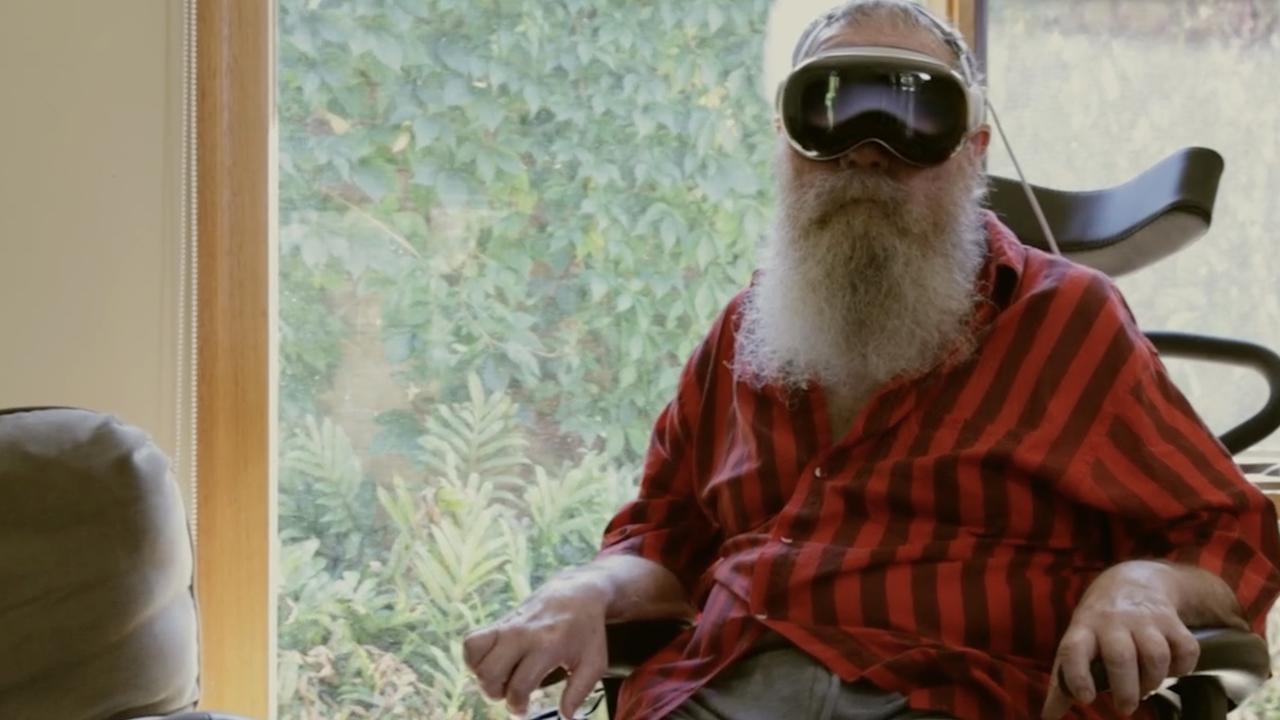Budget a tick for tech
The Turnbull government has tweaked its research and development tax incentive program, while doling out over $40 million for a National Space Agency.

The Turnbull government has tweaked its research and development (R&D) tax incentive program, while doling out over $40 million for a National Space Agency and $30 million into developing Australia’s capabilities in artificial intelligence (AI) and machine learning as part of the 2018-2019 federal budget.
Federal Treasurer Scott Morrison said that the $3 billion R&D tax incentive was being amended to improve the program’s integrity, fiscal affordability and sharpen its focus.
The changes, which will apply from July 1 2018, will see companies rewarded for pumping more money into R&D.
Companies with aggregated annual turnover of $20m will see the government tie the rates of the non-refundable R&D tax offset to the incremental intensity of R&D expenditure as a proportion of a company’s total expenditure for the year.
The marginal R&D premium will be the claimant’s company tax rate plus: 4 percentage points for R&D expenditure between 0 per cent to 2 per cent R&D intensity; 6.5 percentage points for R&D expenditure above 2 per cent to 5 per cent R&D intensity; 9 percentage points for R&D expenditure above 5 per cent to 10 per cent R&D intensity; and 12.5 percentage points for R&D expenditure above 10 per cent R&D intensity.
The R&D expenditure threshold — the maximum amount of R&D expenditure eligible for concessional R&D tax offsets, will be increased from $100m to $150m per annum.
For companies with aggregated annual turnover below $20 million, the refundable R&D offset will be a premium of 13.5 percentage points above a claimant’s company tax rate. Cash refunds from the refundable R&D tax offset will be capped at $4 million per annum.
However, there will be greater scrutiny on companies availing themselves to the scheme, with stronger compliance and administrative measures being put in place,
“These improvements include increased resourcing for the Australian Taxation Office and Department of Industry, Innovation and Science, which will be used to undertake greater enforcement activity and provide improved program guidance to participants,” the government said.
“Other changes include improving the transparency of the program by enabling the ATO to publicly disclose claimant details and the R&D expenditure they have claimed.”
According to the government, the measure is estimated to net $2.4 billion in fiscal balance terms over the forward estimates period.
Xero ANZ boss Trent Innes said that the changes will be good for the ecosystem.
“The changes in R&D will even the playing field for small business,” he said.
“Very large businesses now face the same limits as small businesses, it provides scope for Australia’s small businesses to be more competitive and encourages further innovation.”
The federal budget also gets the ball rolling on the Australia building a national space agency, with $26m earmarked for establishing the foundations and another $15m “International Space Investment” set aside to provide grants to strategic space projects.
Adelaide-based start-up Fleet Space Technologies CEO Flavia Tata Nardini hailed the measure, saying it’s the start of a brand new feature of Australia’s innovation environment.
“This year’s Federal budget is the first ever budget to include funding for an Australian Space Agency and this is huge.”
“This is the moment that everything changes, twenty years from now, we will be looking back and pinpointing this period as one of the most transformational in Australian history.
“The $41m assigned to the Space Agency in the Federal Budget will enable the Government to define the future of our nation as humanity takes its next great step. The funding will rapidly launch us into the next era — the fourth industrial revolution.”
Meanwhile, $29.9m over four years has been assigned to improve Australia’s artificial intelligence (AI) and machine learning capabilities. The funding will be split between programs at the Department of Industry, Innovation and Science, the CSIRO and the Department of Education and Training.
The government is also continuing to tip money into supercomputing, with a total funding of $140m earmarked for the Pawsey Supercomputing Centre in Perth and the National Computational Infrastructure facility at the Australian National University in Canberra.
While AI is a relatively nascent sector in Australia, the more mature ‘fintech’ sector has broadly welcomed the budget.
According to FinTech Australia chair Stuart Stoyan a number of funding measures outlined in the budget, including $100,000 to help promote Australia’s fintech outfits, bode well for the sector.
The government has also allocated $44.6m over four years from 2018-19 to help Australian consumers to more easily access and use their own data, with the banking sector to be the first Australian industry sector to be subject to this consumer right.
It’s also giving the Digital Transformation Agency (DTA) $700,000 in 2018-19 to investigate the use of blockchain technology to improve government service delivery.
“Blockchain and AI are emerging and important technology areas which are complementary to fintech innovation,” Mr Stoyan said.
“However, the big news will really be whether the government has stood up to the big banks and will introduce a world-class open banking framework next year that empowers consumers to receive improved and better-priced financial services.”
He also said that the government had missed an opportunity to reward collaboration between start-ups and large corporations through the RND scheme.
“We are relieved that the changes are not as bad as originally proposed, but still feel that more work needs to be done to make this scheme a game-changer for Australia.”
“Our suspicion still remains that the scheme is very focused on science-based innovation and not innovation which flows from business-to-business collaboration or start-up technology development,” Mr Stoyan said.



To join the conversation, please log in. Don't have an account? Register
Join the conversation, you are commenting as Logout